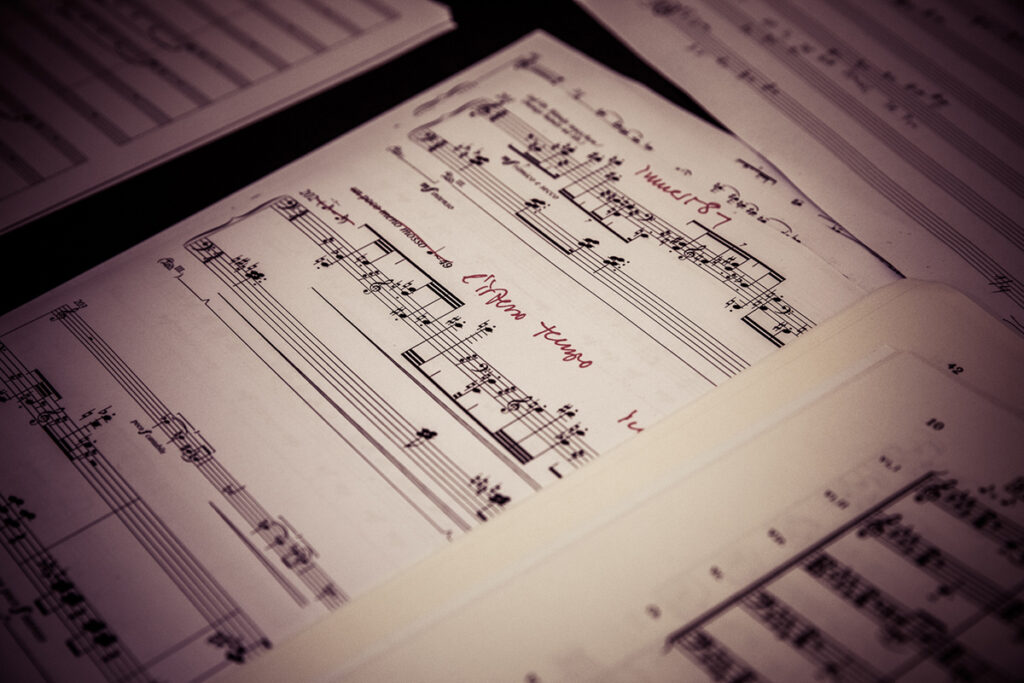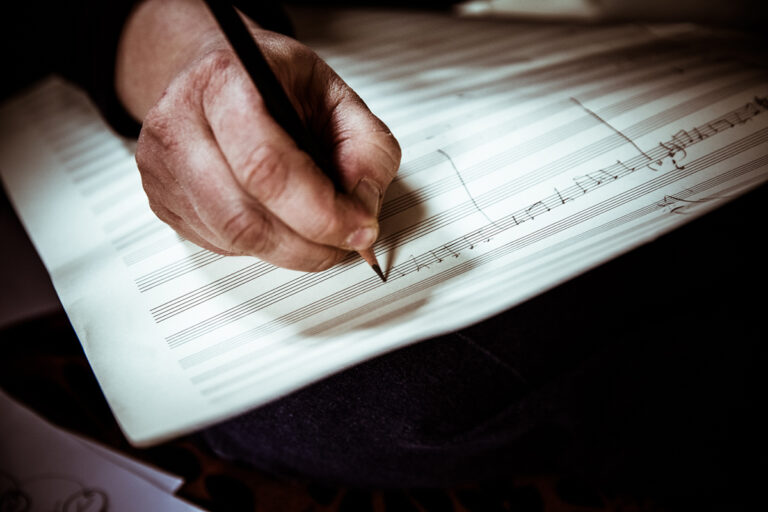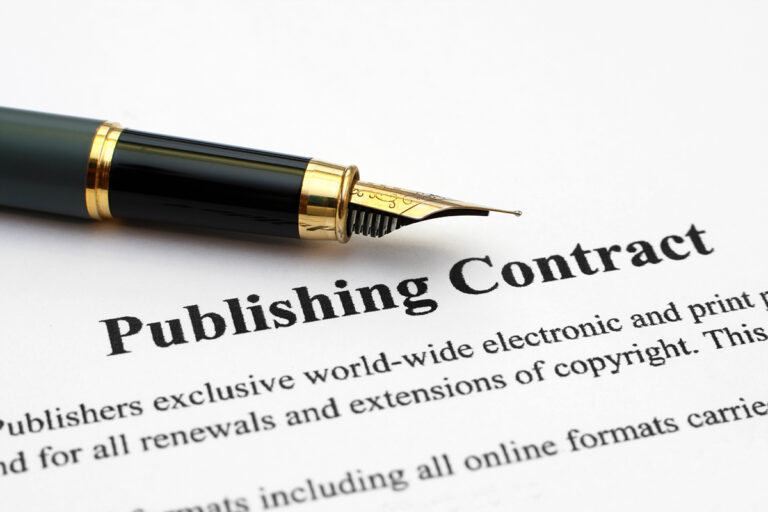The author has the right to decide whether his work can be arranged; in other words, whether a “derived work” or an “arrangement” can be created from his or her original work. This right remains with the author and is not transferred to SUISA under the rights’ administration agreement. A person wishing to arrange a work must contact the author and obtain his or her permission to do so.
Authors generally transfer the arrangement rights to their publishers in the framework of a publishing agreement. On that basis, publishers may authorise third parties to arrange a work, or commission third parties to create a new version of the work. Publishing contracts should regulate whether the publisher may, under certain circumstances, authorise or commission an arrangement directly or whether the publisher must refer back to the author in each case. In the case of published works, therefore, the person to contact for permission is the publisher.
When dealing with successful international repertoires, obtaining permission may be a tiresome procedure, and may not always be crowned with success. Certain rightholders are happy to have their works arranged and more widely disseminated. Other rightholders attach great value to the “integrity” of their works and refuse virtually all arrangements. Either way, before an arrangement can be undertaken, sufficient time should be reserved for ascertaining the legal rights.
NB. If a number of requests have been submitted to the author or the publisher and no response has been received, it is wrong to presume that “silence means consent” and that the work can be arranged simply because “efforts were made” to obtain permission. As a rule, arranging a work without the rightholder’s consent constitutes a copyright infringement and may result in civil and criminal prosecution.
Even once the necessary permission has been obtained, the arranger is not always free to arrange the work at will. The permission may be restricted to a certain type of arrangement (e.g. translation of the lyrics into another language, shortening the work, remis, new instrumentalisation, etc.) Moreover, by law, even if they have permitted an arrangement, authors are entitled to defend their works against “distortion”. In such cases (often difficult to judge), it is the “moral rights” of the author which are at stake.
Key points of an authorisation to arrange
If an author or a publisher grants permission to arrange a work, this permission, consent, or authorisation should be recorded in a short written agreement. The agreement should cover the following points:
a) Name and address of the contractual parties (pseudonyms, if any)
b) Scope of permission: the work to be arranged must be clearly designated, as well as the extent to which the work may be musically or textually arranged. Moreover, the agreement should indicate whether and how the new work can be registered as an arrangement with SUISA.
Good to know: Registering a work as an arrangement only makes sense if the original is already registered with SUISA, and both works (original and arrangement) are to be used side by side (and independently). In the framework of the songwriting process, it is not unusual for “arranged parts” to be attributed to co-musicians although there is no original work which can be used separately. To avoid misunderstandings, it is advisable in such cases to let the co-musicians participate as co-authors rather than as arrangers.
c) Shares: Under SUISA’s Distribution Rules, for unpublished works without lyrics, the arranger is entitled to a 20% share; for published works without lyrics, the arranger’s share is 16.67%. For works with lyrics, the arranger’s share is 15% (unpublished) and 11.67% (published) respectively. In principle, the arranger’s share can be set freely. In practice, the arranger’s share lies between 0% and 25%. SUISA’s Distribution Rules provide for an exception in the case of arrangement permissions granted by publishers: here, the arranger’s share may not exceed the share in the regulatory distribution key. This is designed to avoid the share of the original author from being reduced too far. A rightholder may also permit an arrangement without granting any share of the distribution to the arranger.
d) Publishing an arrangement: In the case of arrangements of published works, it is advisable to specify in the authorisation whether the arrangement must also be published by the publisher of the original work (so that the publisher can retain control over the publishing rights). As a rule, the original publisher will insist on this. In that case, an additional publishing agreement should be signed between the original publisher and the arranger.
e) Rights warranties: Rightholders must warrant that they dispose of the necessary rights to grant the arrangement permission.
f) Place, date, rightholder’s signature
g) Governing law, jurisdiction
Special case: “sub-arrangements”
Sub-publishing agreements generally provide for the transfer of the arrangement rights from the original publisher to the sub-publisher. The sub-publisher is thus entitled to authorise or commission arrangements. In these cases, the arranger is registered as a “sub-arranger” or, with regard to new lyrics, e.g. in another language, as a “sub-lyricist”. Here too, SUISA’s Distribution Rules provide that the sub-arranger’s share may not exceed the share set in the regulatory distribution key.
How to register an arrangement with SUISA
For an arrangement of a protected work, the permission to make the arrangement must be filed – or uploaded in the case of an online registration – together with the registration form. The arranger will only receive a share of the royalties from a work if the permission to arrange explicitly states that the arranger is entitled to a share. If no percentage share is indicated, the arranger will be allocated the regulatory share. If there is no mention of the arranger’s participation, SUISA will record the arranger’s name under the original version, with a note indicating that an authorised arrangement exists but the arranger is not entitled to a participation. Accordingly, the arranger will not receive a share.
When publishers register new versions of works which they have published in the original, SUISA waives the need for an authorisation since the publisher has to settle the arrangement rights directly with its authors. The same applies for sub-publishing agreements.
Summary
To arrange protected works, therefore, you always need the rightholders’ permision – depending on the circumstances, such permission should be obtained from the author, the author’s heirs or from the publisher. Permission is the prerequisite for registering an arrangement of a protected work with SUISA.
| SUISA offers its support in tracing the responsible rightholders. In the case of published works, SUISA will give you the publisher’s name and address so that you may contact the latter directly. In the case of unpubished works, SUISA forwards arrangement requests directly to the author or his/her heirs. Inquiries should be addressed to: membership (at) suisa (dot) ch |




